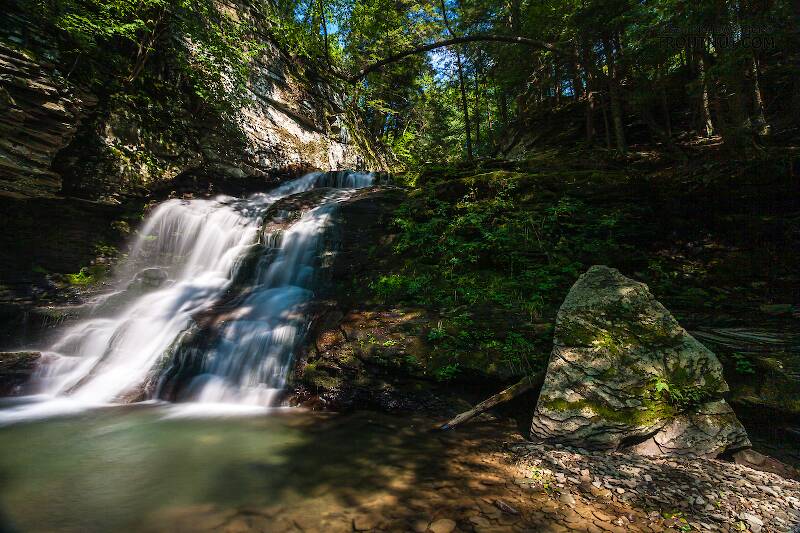
Salmonflies
Pteronarcys californica
The giant Salmonflies of the Western mountains are legendary for their proclivity to elicit consistent dry-fly action and ferocious strikes.


Mayfly Species Procloeon insignificans (Tiny Sulphur Duns)
Species Range
Physical description
Most physical descriptions on Troutnut are direct or slightly edited quotes from the original scientific sources describing or updating the species, although there may be errors in copying them to this website. Such descriptions aren't always definitive, because species often turn out to be more variable than the original describers observed. In some cases, only a single specimen was described! However, they are useful starting points.
Male Spinner
Wing length: 4 mm
Abdominal tergites 2-6 of male imago pale hyaline; short obsolescent ruddy geminate dorsal streaks on 2 and 3.
Eyes blackish brown. Head and thorax deep brown, almost unicolorous; sternum slightly paler. Legs whitish. Wings hyaline, venation pale. 5 to 6 cross veins in the stigmatic area; intercalaries absent from 1st and 2nd interspaces; 1st cross vein between radius and radial sector in a line with the second one. Abdominal segments 2-6 hyaline, wholly pale except for short ruddy mid-dorsal obsolescent streaks on tergites 2 and 3. Tergites 7-10 deep fawn brown, the sternites somewhat paler. Tails and forceps whitish. Plate between bases of forceps dome-shaped, its posterior margin convex.
This species may be separated from the allied C. rubropictum (now a synonym of Procloeon rubropictum) by the absence of red dots and black stigmatic markings, and the fawn-colored apical sternites.
Start a Discussion of Procloeon insignificans
References
- Caucci, Al and Nastasi, Bob. 2004. Hatches II. The Lyons Press.
- Merritt R.W., Cummins, K.W., and Berg, M.B. 2019. An Introduction to the Aquatic Insects of North America (Fifth Edition). Kendall/Hunt Publishing Company.
- Needham, James G., Jay R. Traver, and Yin-Chi Hsu. 1935. The Biology of Mayflies. Comstock Publishing Company, Inc.
Mayfly Species Procloeon insignificans (Tiny Sulphur Duns)
Species Range
Common Name
Resources
- NatureServe
- Integrated Taxonomic Information System
- Global Biodiversity Information Facility
- Described by McDunnough (1925)

